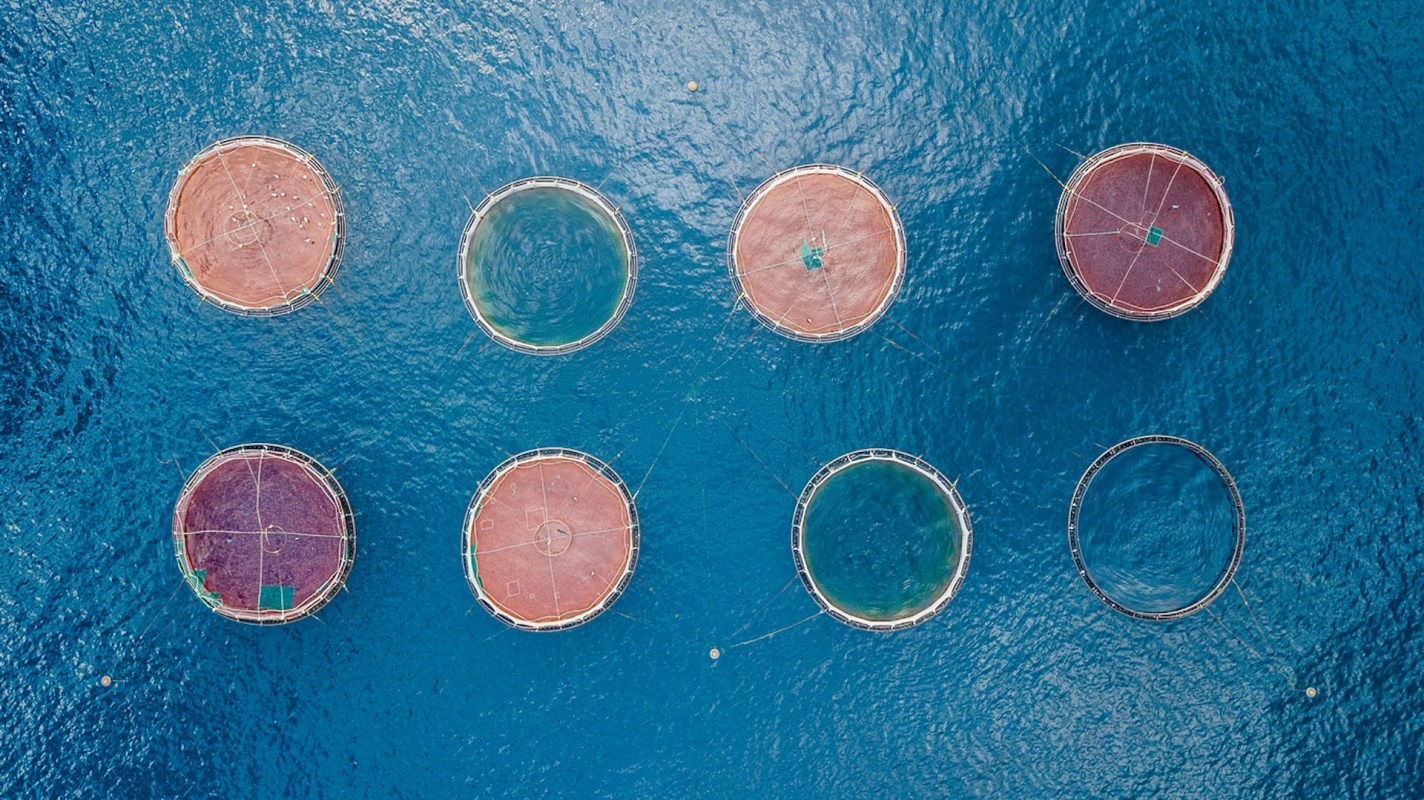An exciting new project is exploring how seaweed could feed humans, rehabilitate ecosystems, and bring our Earth's temperatures back in check.
Brian von Herzen, founder and executive director of the Climate Foundation, has developed a futuristic-looking platform covered in seaweed that floats off the coast of the Philippines.
This "40-meter pizza," as von Herzen calls it, allows the seaweed to soak up nutrients from deeper, cooler waters while submerged and then be lifted to receive sunlight, as reported by the Guardian. The seaweed grows up to three times faster than seaweed that stays on the surface.
"We could change humanity's relationship with the ocean, from extraction to regeneration," von Herzen told the news outlet.
Von Herzen's goal is to scale up these platforms to "reforest" oceans with fast-growing seaweed. This could benefit coastal communities by supporting seaweed farmers whose crops struggle in warming waters.
As oceans heat up because of rising global temperatures, many farmers have seen their seaweed yield fall by about 20% or be overcome by the discoloring "ice-ice" disease. Von Herzen's platforms offer a solution by giving seaweed access to the cool temperatures and nutrients it needs to thrive.
Seaweed's rapid growth also makes it excellent at absorbing carbon dioxide from the air, just like trees on land. This means expanding seaweed forests could help fight the overheating of our planet.
While some of the Climate Foundation's more controversial techniques — like pumping up cold, deep water — have risks, as the Guardian noted, von Herzen said the platforms allow a natural process of seaweed growth. They also provide fertilizer to help local rice and fish farmers get better yields. Von Herzen's team in Bohol, Philippines, creates fertilizer from the harvested seaweed.
Many see the opportunity for life-giving "win-wins" from von Herzen's process.
Rice farmer Gliceria Limbaga has swapped her pesticides for seaweed fertilizer, reported the Guardian. This saves her money while maintaining the soil's health. The outlet also reported that aquaculture farmer Crestito Garcia mixes the seaweed into fish and shrimp feed, increasing his yields.
Of course, to store carbon long-term, seaweed must sink (or be incorporated into certain products) after harvesting. Von Herzen estimated that 20-40% of the seaweed crop breaks off naturally and sinks, locking away carbon.
"We can measure the seaweed that sinks down from the platform," von Herzen told the Guardian. "But we need to provide food security and ecosystem regeneration, so that we can regenerate healthy ecosystems on land and in the ocean for future generations."
While a silver-bullet solution remains elusive, von Herzen's platform offers hope for what simple, natural climate solutions could achieve.
"Everything we work with is recycled, old or repurposed," Sam Donohue, von Herzen's Australian head of engineering, told the Guardian. "Since I met Brian, I had the opportunity to do something good for the Earth."
Join our free newsletter for weekly updates on the coolest innovations improving our lives and saving our planet.









